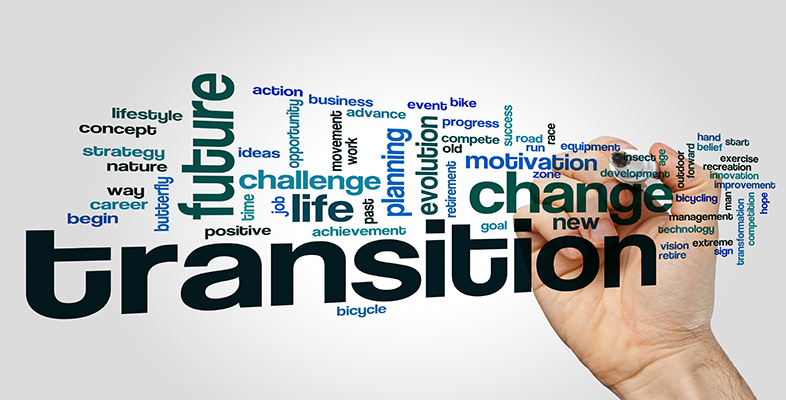3 Reflecting on non-normative transitions
As you reach the end of this session take a few moments to reflect on what you’ve learned and how you can apply it to your own situation by completing Activity 5 below.
Activity 5 Your reflections on non-normative transitions
Reflect on what you have covered in this session by answering the questions below in relation to your role as either an athlete or someone supporting an athlete.
- What non-normative transitions have you or the athlete(s) you support experienced?
- What impact did these transitions have on you or the athlete(s) you support?
- Now that you have completed this session, is there anything you would do differently to help you or the athlete(s) you support cope better with these transitions?
Discussion
Your reflections will be specific to your own situation and experiences, but below are the brief reflections of ice hockey coach Lesley who you met in Activity 4 of Session 4 [Tip: hold Ctrl and click a link to open it in a new tab. (Hide tip)] .
- Injury is a pretty common unexpected transition in my sport and probably the non-normative transition I see most.
- For most of the athletes, being injured was a pretty negative and frustrating experience. I recognised a lot of the emotions described in Activity 2 in my injured athletes, and I also recognised some of the fear of re-injury issues in a couple of players I’ve worked with over the years.
- I’m going to look into working with a sport psychologist to learn about psychological techniques like imagery that my injured players could use. Also, I can now see that I could be a really important source of social support for my injured athletes and I’m going to make more of an effort to call and check in with the athletes on the squad who are currently injured and who I haven’t seen for a while. I’m going to encourage some of the non-injured players to do the same and check in with their peers, especially those who have been injured in the past and know what it’s like.
